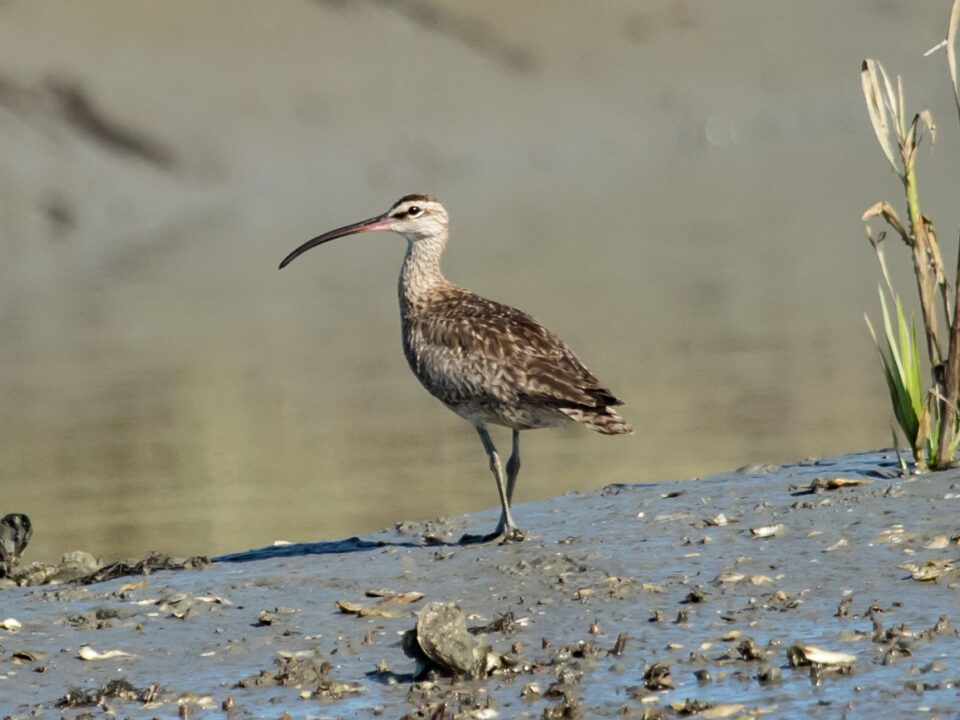Conservation and the “taking” debate
KE Remains in King George County, VA June 27, 2013
July 2, 2013Camellia on Broad Creek in Norfolk July 4
July 5, 2013

Young eagle in nest along York River. Because of their sensitivity to human disturbance around nest sites, recovery of the bald eagle would not have been possible without the ability to impose restrictions on selected uses of private lands. Photo by Catherine Markham.
In a 5-4 decision expanding private property rights, the U.S. Supreme Court ruled on 25 June that government requirements attached to land-use permits may amount to an improper “taking” under the constitution. The case revolved around mitigation for wetland impacts imposed by a Florida agency as a condition of permit approval. Writing for the majority, Justice Alito said “extortionate demands” from government agencies in exchange for granting a permit application “frustrate the Fifth Amendment right to just compensation” and are prohibited.
Survival of the majority of the endangered species in the United States will ultimately depend on our ability to manage habitats on private lands. More than half of all species listed as endangered have at least 80% of their habitat on private lands. The scale of the lands involved and their associated monetary value make “just compensation” implausible as a recovery strategy. Setting conditions on land-use permits for activities on both private and public lands has been the primary management tool available to protect many of these species.
The legal and ethical tradeoff between landowner rights and endangered species protection centers around the term “taking” under the opposing mandates defined within the Endangered Species Act (ESA) and the Fifth Amendment to the U.S. Constitution. Under Section 9 of the ESA it is unlawful for a private citizen to “take” any threatened or endangered species. Among other actions, the term “take” refers to “harm” which includes significant habitat modification. Limitations placed on the use of private lands arising from Section 9 for endangered species protection have been viewed by some to represent a “taking” of private land by the public as prohibited under the Fifth Amendment which states “nor shall private property be taken for public use, without just compensation.”

Piping plover nest on a Virginia barrier island. The piping plover is sensitive to human disturbance and requires beaches that are in high demand by society. In the absence of restrictions on access, this species would be displaced from virtually the entire Atlantic Coast.
Our culture is locked in a philosophical struggle that has far-reaching consequences for the future of many species. How to strike a balance between benefits to target species and the burden imposed on society has become one of the most complex problems in the recovery of many species. This and other recent rulings by the Supreme Court continue to tip the balance of competing interests away from imperiled species and the many ecological services that lands provide to our society at large.
Written by
Bryan Watts | bdwatt@wm.edu | (757) 221-2247
July 3, 2013




1 Comment
I may be misinformed, but I thought piping plovers were a different issue – mostly a question of how public land is used?